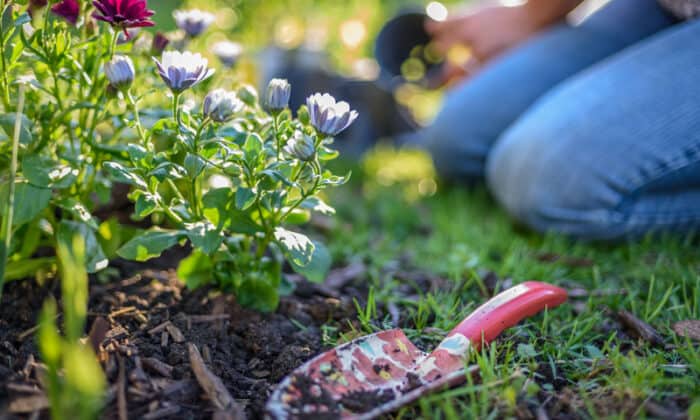How to Grow Grass in 6 Easy Steps
Growing grass from seed is an incredibly fulfilling experience. When done correctly, you could start seeing results in as little as seven days. While it will likely take one or two months before it’s ready for its first mow, you can have a lush, green lawn in as little as a few weeks. But it’s not as simple as just throwing grass seed down in the ground. Although this method might work, it’s certainly not the ideal scenario.
Step 1: Timing
Timing is everything. Not only is this a good general rule to live by, but it’s one of the most important considerations to make before planting grass seed. Grasses meant for cool weather, like Kentucky bluegrass, should be planted in the spring or fall. Warm-season grasses, like zoysia or centipede grass, fare better when planted in early summer.
Step 2: Testing and Preparing Your Soil
Once you’ve picked the ideal time to plant your grass seed, the next step involves testing and preparing your soil. Most common grasses will thrive with a soil pH between 6.0 and 7.0. However, soil testing is an optional step. As long as your soil is prepared correctly, you can expect to see new grass growing within a few weeks.
To prepare your soil, start by removing any existing grass, large rocks, or debris in the area. Ruts and low spots should be filled in with compost or topsoil and any mounds should be flattened. If you’re working with highly compacted soil, use a tiller to break down the larger chunks of dirt and soil. Once you have a flat, even surface, you can move on to the next step.
Step 3: Seeding and Fertilizing
Now it’s time to plant your grass seed. Smaller lawns and patches can be seeded with a handheld seed spreader. Larger lawns and areas, however, might require a push spreader. In either case, start with the outermost perimeter of your lawn and work inward. This ensures that all of the edges or corners of your lawn are seeded, too.
For best results, you’ll want to fertilize your lawn immediately after seeding. There are plenty of options to choose from, but certain formulas work better when applied to newly planted seeds as opposed to established lawns.
Step 4: Protecting Your Grass Seed
Your new lawn is still susceptible to damage at this point, so it’s important to protect your grass seed with a thin layer of soil. This also keeps it from washing away due to regular watering or rain.
Step 5: Watering Your Grass Seed
Newly seeded lawns should be watered at least once per day. In dry or warm conditions, grass seed may need to be watered more frequently. The idea is to maintain enough moisture to keep the seeds moist at all times, which usually equates to the top one or two inches of soil.
Under normal conditions, most grass seed should begin germinating within one to three weeks. Once it reaches a height of three inches, you can reduce your watering schedule from once per day to twice per week. Instead of keeping the top layer moist, however, you’ll want to soak the soil to a depth of approximately six to eight inches to encourage strong root growth.
Step 6: Mowing and Maintaining Your Lawn
Wait until your grass reaches a height of at least three inches before mowing it for the first time. Avoid cutting it too short, as this promotes weed growth. If you have a mower with an adjustable blade, use the highest setting.
Avoid heavy foot traffic for the first six to eight weeks after seeding. Pets, children, and even adults can wreak havoc on a young lawn that hasn’t had time to take root, so make sure that you’re diligent in your efforts. If necessary, consider installing temporary fencing, rope barriers, or motion-based sprinklers to serve as gentle reminders.
Long-Term Lawn Care
Your new lawn should be fully rooted after several weeks. To maintain your lush, green grass for the foreseeable future, begin regular fertilization after the first mow. When done correctly, you’ll have a healthy, attractive lawn that’s sure to boost your home’s curb appeal.

